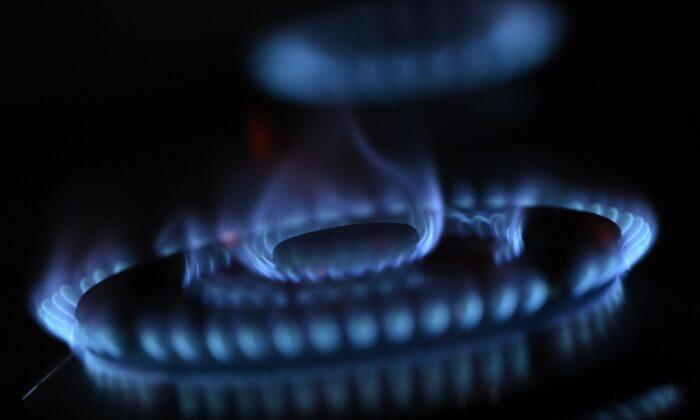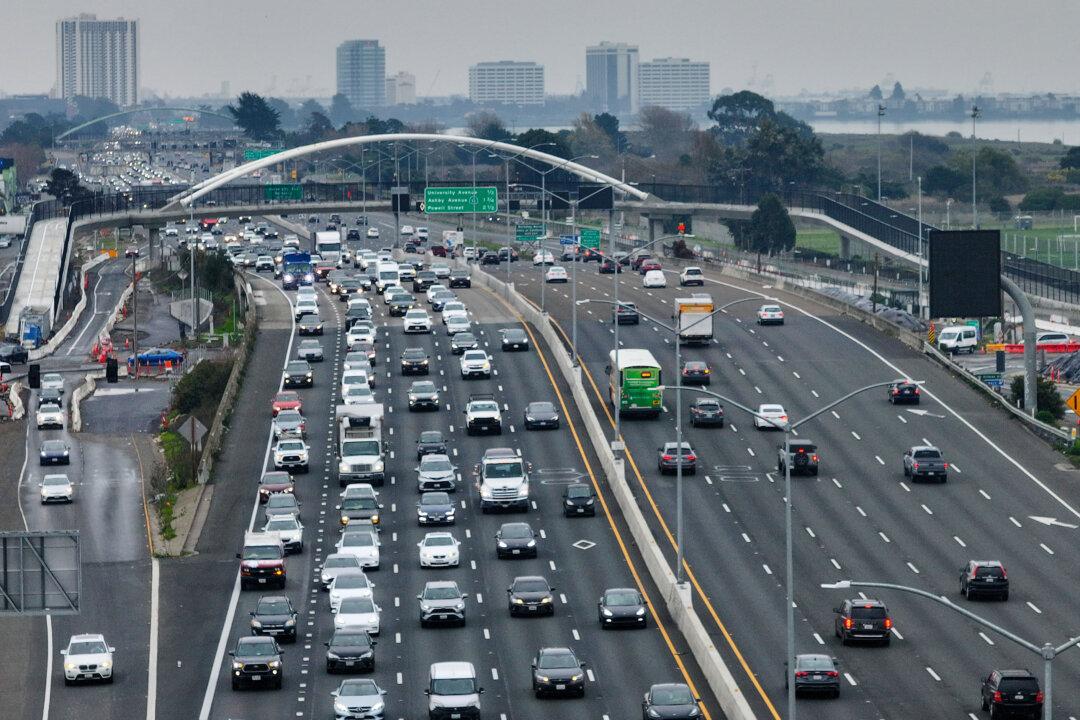A class action suit filed in California alleges LG Electronics USA, Inc. sold gas range stoves in the United States without properly notifying customers of toxic emissions prior to their purchases.
A California woman who purchased an LG gas stove from Costco in October 2022 claims in the suit that she was unaware of the “risks” associated with the product before purchasing.
“Ms. Sherzai relied on the representations on the marketing materials disclosing risks,” read the lawsuit. “The marketing materials did not disclose or warn that the product emitted harmful pollutants, such as nitrogen oxides. Thus, at the time of purchase, Plaintiff was unaware that the product emitted harmful pollutants such as nitrogen oxide.”
Claims of False Advertising and More
The California woman in the suit (pdf) alleges LG committed several crimes including violating California’s Unfair Competition Law, False Advertising Law, and Consumer Legal Remedies Act, along with breach of implied warranty, violation of state consumer protection statutes, breach of implied warranties on behalf of plaintiff and the nationwide class, fraudulent omission, and unjust enrichment.She claims the suit on behalf of other customers who purchased qualifying LG ranges while living in the United States during the applicable time frame.
“There are tens or hundreds of thousands of class members,” attorneys wrote in the suit. “The precise number of class members is unknown to Plaintiff at this time.” Attorneys say members of the proposed suit “can be identified through public notice.”
The woman, Ms. Sherzai, alleges gas stoves are linked to respiratory illness and that LG knew of the risk without properly notifying customers of risks.

Bloomberg cites reports from the Institute for Policy Integrity and the American Chemical Society.
Court documents claim about 40 percent of American households use natural gas stoves daily to cook in their homes.
Other claims cited by the plaintiffs in the suit claim nitrogen oxides are emitted which can be “hazardous to human health.”
Claims LG Knew of Defects
“Since the 1980s, the natural gas industry—of which Defendant is a constituent—has worried that the U.S. Consumer Product Safety Commission would regulate gas stove emissions due to indoor air quality concerns,” the suit stated.“Like other makers of gas stoves, Defendant monitors and keeps track of research on the health effects of its products. This is diligence that large companies like Defendant routinely do when selling a consumer product. Defendant is aware of the fact that its products emit harmful pollutants. It is further aware that use of gas stoves increases the rates of respiratory illness in adults and children.”
Sherzai claims LG could have implemented available technologies to reduce alleged danger to consumers, including jet-powered infrared gas-range burners.
Claims of Failure to Warn and Overcharging Consumers
Sherzai and attorneys claim LG should have warned its customers of the pollutant risks.“While Defendant is aware of the harmful health effects of gas cooking, everyday consumers are unaware of these risks,” attorneys for Sherzai wrote. “Consumers shopping for a new oven, range, or stove have very little information about the health risks of gas appliances. Consumers remain unaware because nothing on Defendant’s packaging or labels suggest that the gas stoves regularly emit pollutants that are harmful to human health. Further, the labels and warnings do not mention any risk of nitrogen oxides.”
Sherzai also said in the suit that if customers knew of the “defective design” of LG gas ovens the price would drop “dramatically.” She also alleged through attorneys she would have paid “significantly less” for the product “had she known that it emitted harmful pollutants.”
“If consumers knew the truth, demand for Defendant’s prices would drop, and Defendant could not sell their products at current prices. In addition, the defective design of gas stoves reduces their value. Consumers pay for a stove that is safe for home cooking, but receive a less valuable stove—one with a defective design that carries significant (and undisclosed) air pollution risks.”





